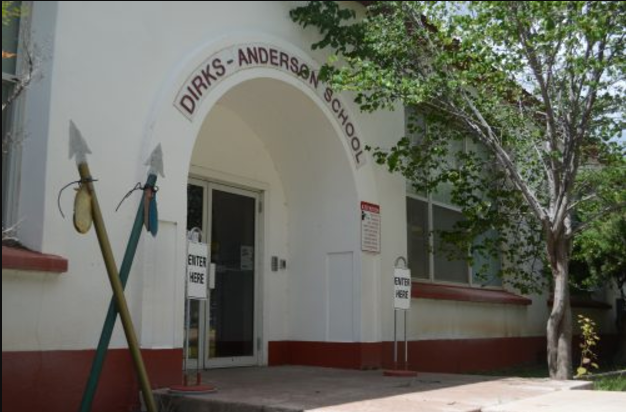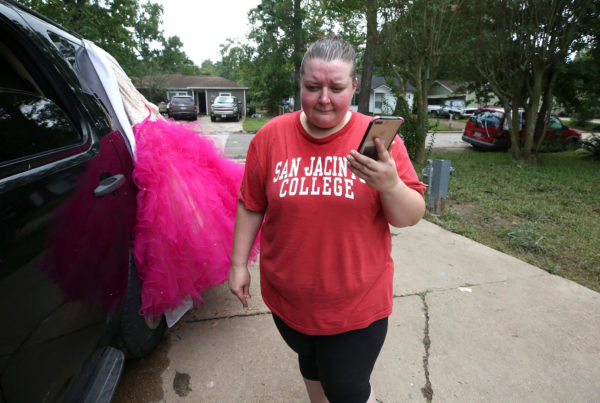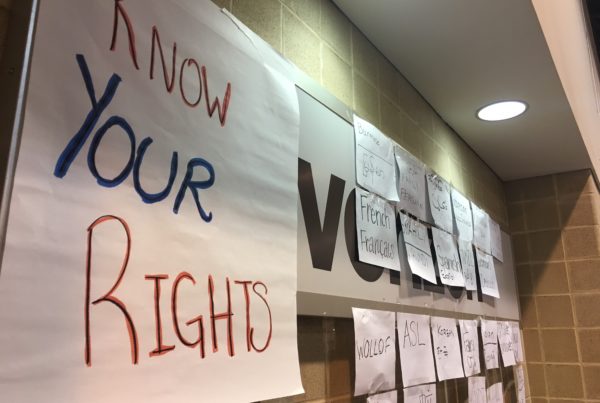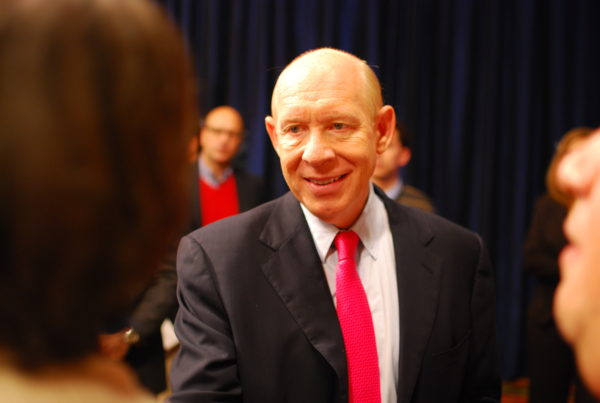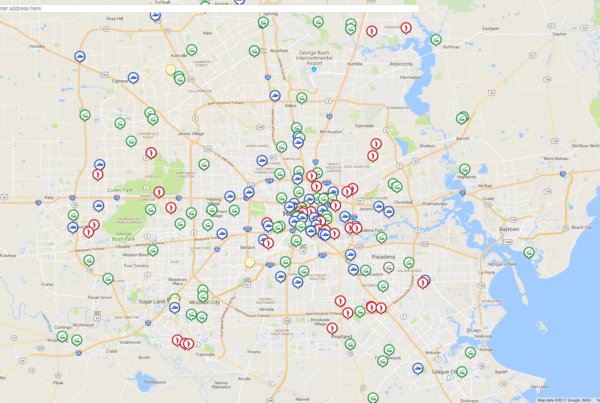Rural school districts in West Texas say they’ve been struggling. Since 2008, Fort Davis Independent School District in far West Texas has seen its budget nearly cut in half, down to almost $3 million. Tightening budgets have made it more difficult for the district to fill and retain teacher positions.
Stessa Miles has worked in education for some 20 years, and a good portion of that time has been spent at the Dirks-Anderson Elementary in Fort Davis.
In addition to teaching pre-k, she teaches fine arts to the entire elementary in the afternoons. She’s also a program sponsor and will direct a one-act play.
Like most teachers, especially those in sparsely populated areas, Miles wears many hats.
“When they ask, how can I say no?”
“It doesn’t matter that I already do other things,” Miles says.
It’s always been difficult for rural schools to attract new teachers, but officials say it’s becoming even harder as state funding has decreased.
Allison Scott is the principal at Dirks-Anderson. She says schools like hers have gotten creative with how they make up staffing shortfalls. They ask teachers – just like Miles – to take on multiple roles. Scott admits this can be a difficult balancing act – additional responsibilities, meeting more state demands. It’s tough to convince new teachers to move to rural districts, where teachers entering the field are paid less than their metropolitan counterparts.
“The other part of the problem recruiting other teachers is when you’re young you don’t want to live in a rural area,” Scott says.
Late last year, Mike Morath – the Texas Education Commissioner – established a task force charged with considering these challenges like Scott’s. Their findings – released this summer – suggest, in part, rural districts take on a so-called “home grown” approach to filling teaching gaps. This means encouraging students who go through the district to become teachers themselves and return one day.
Don Rodgers is with the Texas Rural Education Association, an advocacy group for rural schools. He says the task force suggested many things rural schools are already doing.
“That was one of the ideas that came out of things they can do to make teaching look more attractive, is to have their teaching staff to be PR persons for public education,” Rodgers says.
The task force, which featured members from rural districts throughout the state, suggested a number of other solutions, which Rodgers says are “ways to cure problems that don’t cost money.”
But for Fort Davis ISD and similar districts, money is exactly what’s needed to help recruit and retain teachers.
“Our kind of districts don’t have some of the, because of the lack of funding we don’t have some of the frills that are associated with other districts,” Graydon Hicks, Fort Davis ISD superintendent, says.
Hick’s specifically thinking of things like hiring bonuses or teacher housing. The latter’s another item the state task force recommended.
During the special legislative session, Texas lawmakers passed HB-21, which reserves 41 million dollars for rural schools. The state hasn’t determined who is eligible for that funding, but Hicks and other officials aren’t optimistic. This coming school year, their $2.9 million budget will largely go towards salaries, leaving little to fund efforts to attract new teachers.
“I could eliminate every extracurricular activity, not just sports, every extracurricular I would only save about 150,000 dollars,” Hicks says.
Hicks has had a teaching and coaching position open for a little more than a year, with no applicants. For rural districts, the teachers that end up staying are generally the ones who have roots in the communities. Which is why on average rural educators have more years experience than those in bigger districts.
Scott says the teachers that stay have made the decision for reasons that generally fall outside of the school.
“They’ve made the decision of ‘I love where I live, I love that I’m close to my family,’ or whatever it is and say, ‘OK I’m gonna stay here, I’ll take the lower pay.’ And of course that’s the kind of teacher we want because they see the value in where they are.”
And they stay in the community after retirement. Another possible solution from the task force: rural districts should look to re-hire retired teachers on a part-time basis. But most would have to wait at least a year before returning.
Hicks says time just isn’t something Fort Davis ISD and rural districts in Texas have much more of.
“I don’t know how long it will take, but if something doesn’t change there’s going to be nothing but bad news from small, rural districts and their ability to meet the needs of their goods. It’s just not going to be good.”
For now, as the district opens its doors to some 230 students, it’s making due with what it has.


